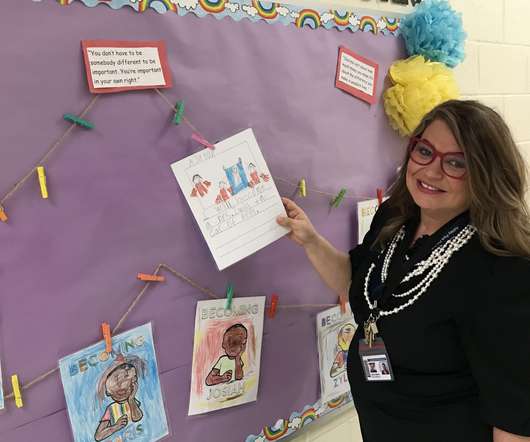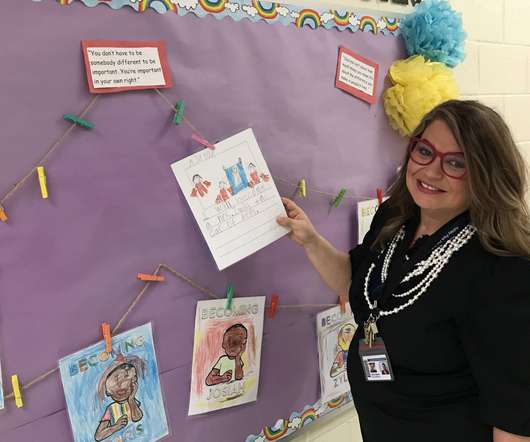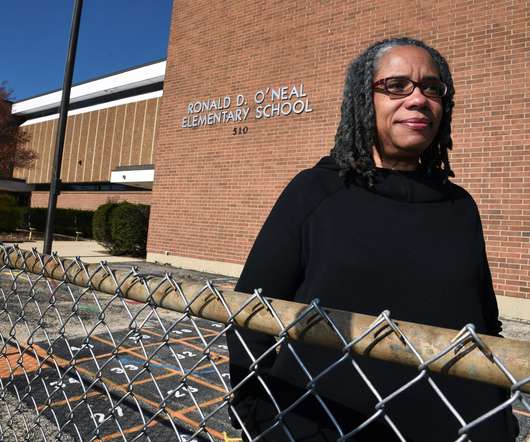Technology in Education and Opportunity Cost
Reading By Example
NOVEMBER 28, 2018
Smartphones were a frequent topic, especially from the secondary school leaders. Distractions and inappropriate use seemed to be the common reason for some of the administrators’ disdain for students’ mobile devices. My administrative career began in 2011 which is around the time that iPhones started to come into prominence.





















Let's personalize your content